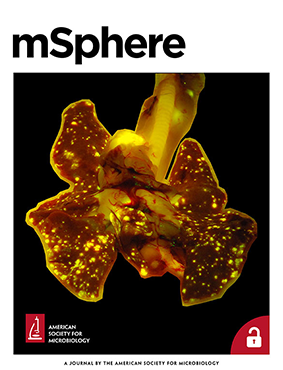Abstract
The pan-antifungal-resistant pathogen Candida auris has been causing high-mortality infection outbreaks in hospitals and healthcare settings. The prodrug 5-fluorocytosine (5FC) is one of four chemical entities, but its clinical use as an antifungal drug has been limited owing to pronounced resistance. However, antifungal combination therapy with 5FC appears as a promising strategy for treating C. auris infections. Here, we show that a C. auris clinical isolate can rapidly acquire genetic mutations to mount 5FC resistance after only one to two passages under drug selection. We exploit a new bioinformatics workflow to identify genetic polymorphisms from RNA-seq data. Strikingly, we identify several mutations in the FUR1 gene encoding the 5-fluorouracil convertase that normally generates the active drug. A single nonsense mutation truncates the enzyme at residue Q30, leading to 5FC resistance due to inactive Fur1. Whole-genome sequencing analysis revealed that an indel mutation in *FCY2 also contributes to 5FC resistance. Furthermore, at least one out of seven adapted strains acquired enhanced 5FC tolerance without mutations in the 5FC conversion pathway. Thus, we demonstrate that FUR1 mutations are critical drivers of 5FC resistance in C. auris.*
Importance
Candida auris is a high-priority human fungal pathogen, causing infection outbreaks of high mortality in healthcare settings. Antifungal combination therapy with 5-fluorocytosine (5FC) is one of the emerging approaches in treatment. However, acquired 5FC resistance traits have been a matter of concern. 5FC is taken up by fungal cells via a cytosine permease and further metabolized by a cytosine deaminase to 5-fluorouracil (5FU). 5FU is then converted by the Fur1 uracil phosphoribosyltransferase into a toxic antimetabolite that disrupts fungal RNA and DNA syntheses. Mutations in these proteins are commonly associated with 5FC resistance in fungal species. Here, we show that C. auris can rapidly develop resistance under 5FC selective stress owing to mutational inactivation of Fur1 function. Moreover, other mechanisms that bypass mutations in the 5FC conversion pathway may also contribute to 5FC resistance traits. Finally, we have developed a tailored bioinformatics workflow that facilitates the identification of polymorphisms associated with 5FC resistance in clinical isolates.
